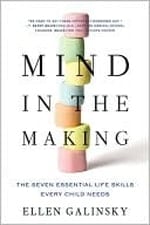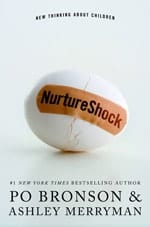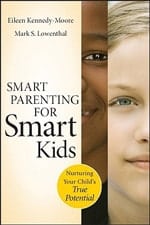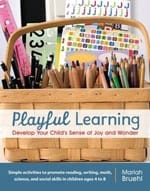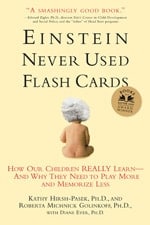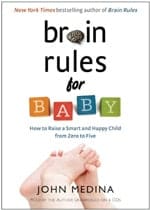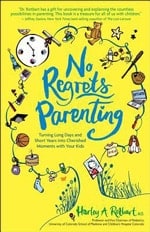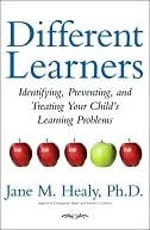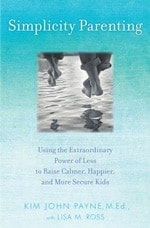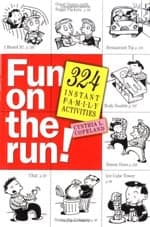Summer Reading Engagement Tips
What to read?
Emily A. Swan, Ph.D.
It has been
a pleasure to write about ways to help parents engage their children with
books! I hope you have learned some things to put into practice in your own
homes. I’m sure there are things that have validated what you are already
doing! So keep up the good work!
This is the
final guest blog, so I will provide some fun SUMMER READING TIPS and a few of
our favorite book titles!
Summer
Reading Tips
Bottom
Line: The most important
thing you can do for your kids over the summer is encourage them to READ! In
fact, READ WITH THEM. It should NOT,
however, be part of a list of chores.
As parents, you can't tell your kids to read and then not
read yourself. You need to get caught reading. . .OFTEN. The best thing is to read TOGETHER! It's amazing how fun it is and
how much it builds a relationship with your children. It should be on the list
of FUN things to do, because it is SO MUCH FUN!!
So, HOW do you make it FUN? Well, it helps to have a GREAT
BOOK!! Here are a few (really, just a few; there a so many others out there)
that we love at our house. These are books we have read aloud or have read over
and over. We hope you try some of them.
Chapter
Book suggestions for younger children, age 5-6 and up:
Every girl
from grade 1 up (including high school!!) should read The 100 Dresses! It's not so much about dresses as it is about
friendship and forgiveness! I HIGHLY recommend that EVERY GIRL read this book
and moms can read along with them. It's SUCH a great book with a wonderful
message. We read it every year.
For BOYS, a book about adventures to the moon with a boy and
his dog is Journey To The Blue Moon.
The language in this book is hilarious! It is so much FUN to read aloud. Boys
of all ages will love to listen to it or they can read it on their own from
about grade 3-4 up.
I also cannot stress enough how fabulous a writer Kate
DiCamillo is! We have read everything she's written and are always waiting for
her next book. I have just recently read The
Tale of Despereaux with my 5 year old car and truck-loving, bike-riding
son. He always says "Just one more chapter. Don't stop reading yet!"
Those are my favorite words! The language in The Tale of Despereayx is incredible and draws kids of ALL ages
into the story. If you've seen the movie, so what. Read the book and then watch
the movie. We loved comparing the movie to the book after we read the book. The
books are ALWAYS better than the movies! Read this one for sure. It's for all
ages. Other favorites we have read over and over by Kate DiCamillo include Because of Winn Dixie, The Miraculous Journey of Edward Tulane,
and The Mercy Watson series! After Tale.. we read The Miraculous Journey… and my son loved that one too.
Another incredible writer we love is E.B. White. We read
Charlotte's Web about every summer too. Trumpet of the Swans (no relation!) is
also fabulous.
Other
great book suggestions for kids in grades 4 up include:
Moon Over Manifest
Walk Two Moons
When You Reach Me
A Long Way from Chicago
The View From Saturday
Inside Out and Back Again
The Secret Series
A Series of Unfortunate Events (all 13!)
Each Little Bird That Sings (dog book. beware. Dog books are
sad!)
Shiloh (another dog book)
Where the Red Fern Grows (really sad dog book)
The Incorrigible Children of Ashton Place (series)
A Year Without Autumn
The Bridge to Terebithia
The Mysterious Benedict Society (series)
The Willoughbys
The Giver (Lois Lowry is an amazing author too!)
Number the Stars
Maniac Magee (and many other Jerry Spinelli books! Great
books for boys!)
(you'll notice I don't have the Hunger Games series on this
list. Parents have asked me about what I think about this series. I know how
popular it is right now. I personally think it is not appropriate for kids
under the age of 13 or 14. I don't care about popularity. Please use your own
parental guidance; some children do fine with it. Other kids are very
sensitive, and in that case, I do not recommend it until Jr. High.)
OTHER SUGGESTIONS— How about NON-Fiction?
If you are traveling, whether it's to Lake Powell or to
France READ ABOUT IT! What INTERESTS do your kids have? Get books about your
kids' INTERESTS!! What do they talk about? nature, bugs, sharks, tide pools,
beaches, tornadoes? Get books about what your kids talk about. Read with them
and keep talking. Read on the trampoline, at dusk. Read in a tent when you're
camping, by flashlight. Read a chapter a night, EVERY night, all summer!
Seriously. You can never get these early years back. The time you spend NOT
reading can NEVER be made up in any other way. Remember that you want to expose
your kids to millions of words per year and you now have a nice, long, summer
to catch up! Set a goal to have your child read 10 books over the summer, or 5,
whatever. Then, if they meet their goal---BUY THEM MORE BOOKS!! No prizes, candy,
stickers, games. Books are the rewards for reading. Getting smart is the reward
for reading. Building a relationship with your kids is the reward for reading
with your kids. Having a great conversation at dinner, unplugged, is the reward
for reading!
Salt
Lake City Library has GREAT Summer activities planned at various branches!
Dinosaur Train Nature Trackers
Magician Paul Brewer
Superhero Storytime
Zoo Mania
Phun with Physics
Dream Mural Workshop with Discovery Gateway
The Lion and the Mouse
Build Me a Story
Storytime in the Garden
…and SO much
more!
Make it a GREAT SUMMER!!
If
you are interested in
how to build literacy skills over the summer with your preschooler or
Kindergartener. . . My business partner Michelle Roderick and I have created a
tool for parents to maximize the time they spend reading to their young
children. One tool that will soon be available to parents, grandparents,
babysitters, or other caretakers, is our product called DiscoverLit
Kits. These wonderful kits are designed around a book (e.g., Bugs) and we
have written research-based activities around these wonderful books that
increase comprehension, vocabulary, fluency, word study/phonics, and writing.
We include easy step-by-step instructions for mothers and others that are easy
to follow. We also integrate math, science, or art into our kits to extend
learning. They help parents and children discover the fun of literacy. . .in a
kit. The kit ships right to your door and all of the materials for the
activities are included IN the kit. Simply choose an activity per day. Do as
many or as few as you want. You can do them in any order. Easy. Convenient.
Portable. We take parents and young children through the steps of creating
interest, questioning, discovering, reading, sharing, and making connections.
Our goal is to help parents know how to prepare their Preschooler or
Kindergartener for school during the summer months. We will soon have kits for
grades K-1 too. By fall, we’ll have kits for grades 2-3 and 3-4. We are excited
to be able to help parents motivate their children in fun, meaningful ways that
truly build lifelong skills and build special relationships between parent and
child, by reading together.
****We can not thank Emily enough!! We hope this give you a jump start to your reading programs this summer! Stay tooned for a great class that we will be offering!!







